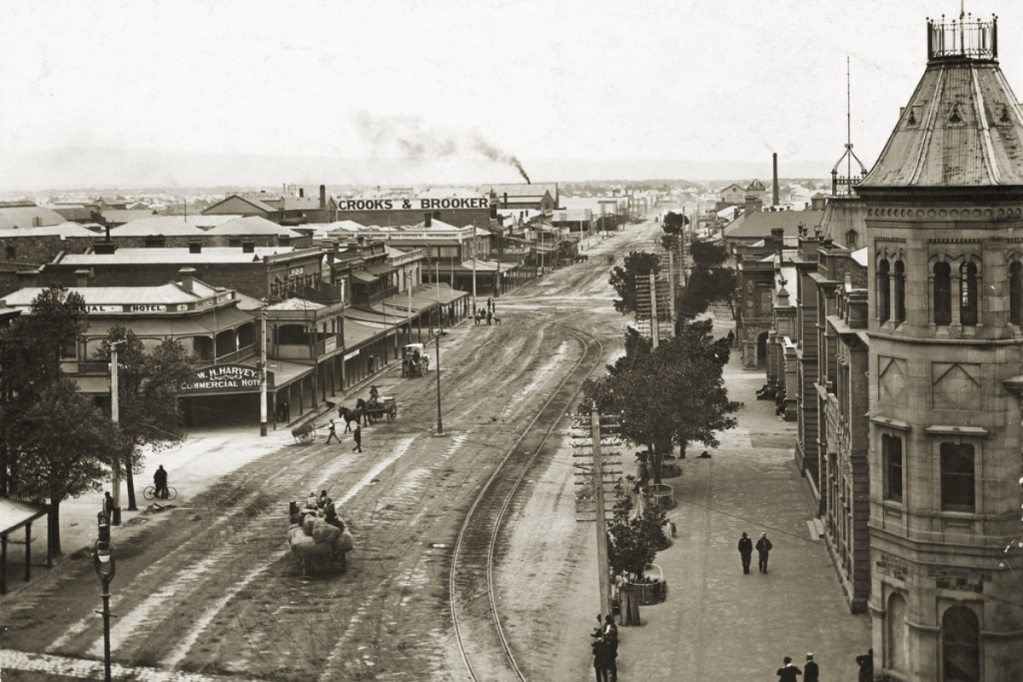New building standards plan for Port Adelaide and Goolwa heritage areas
Future developments in Port Adelaide and Goolwa heritage zones must meet new height and design standards under plans now open for public consultation.

Heritage SA is reviewing and updating the existing development guidelines for all 17 State Heritage Areas around South Australia, following the introduction of a new planning system driven by the Planning, Development and Infrastructure Act 2016.
State Heritage Areas face protections under the Planning and Design Code, with development applications referred to HeritageSA, which has now released the draft updated standards for Port Adelaide and Goolwa, to be assessed against when development proposals arise.
Port Adelaide became South Australia’s first State Heritage Area in 1982, with Goolwa designated in 1987.
The Port Adelaide State Heritage Area is between St Vincent Street and the waterfront on North Parade, from Nelson Street to Jubilee Street to encompass the state’s “most substantial and continuous grouping of colonial buildings”.

Customs House on Commercial Road in Port Adelaide. Photo: State Library of South Australia, B 4429
You might like
The Port Adelaide draft standards state all future developments must reinforce the Port’s “visual character and setting”, encourages adaptation of existing buildings, and says new buildings should be “compatible in design and form” to those or heritage value pre-existing.
New developments in the Port’s heritage area must be aligned to the front set back of the building it is replacing, and must “not dominate” existing streetscapes, “typically two or more storeys in height”.
Buildings with a view of the street in the protected areas face several design requirements, with restrictions on sliding doors, roller window security shutters and plate glass walls and doors.

South Australia’s first tramway, from Goolwa to Port Elliot. Photo: State Library of South Australia, B 103
Stay informed, daily
The Goolwa State Heritage Area, which includes the Little Scotland Precinct, Government and Wharf Precinct, and Cadell Street Precinct, was designated due to its “historical importance as a bustling river port between the 1850s and 1880s”, as per the South Australian Heritage Register.
Located 83km south of Adelaide, Goolwa held Australia’s first inland port, becoming a key point for agricultural produce distribution and export along the River Murray.
Features within the State Heritage Area include the Wharf Complex (built in 1852), railway infrastructure, and Cutting Road, which is believed to be Australia’s oldest surviving railway infrastructure, created in 1852.
The draft standard states any future development in the area must maintain evidence of original land use and survey patterns, as well as the town’s “coastal and riverine character”, and ensure compatibility in design to existing buildings.
As with the Port Adelaide standards, new building setbacks in the Goolwa area should match the street setting of existing buildings.
New development in the Goolwa Wharf Precinct should not be any taller than the ridge of the Australasian Hotel, a four-level building constructed in 1858.

The Australasian Hotel in Goolwa. Photo: State Library of South Australia, PRG 1258/2/415
Environment Minister Susan Close said the proposed standards would not have an impact on regulated development application fees or heritage listing status of properties within the areas.
“State Heritage Areas protect and celebrate areas of South Australia that hold historical, cultural or natural significance and help tell the story of our state’s development and identity,” Close said.
“Protecting South Australia’s heritage places allows them to continue being used and enjoyed by generations to come.”
Community consultation on both standards is open until November 22.








